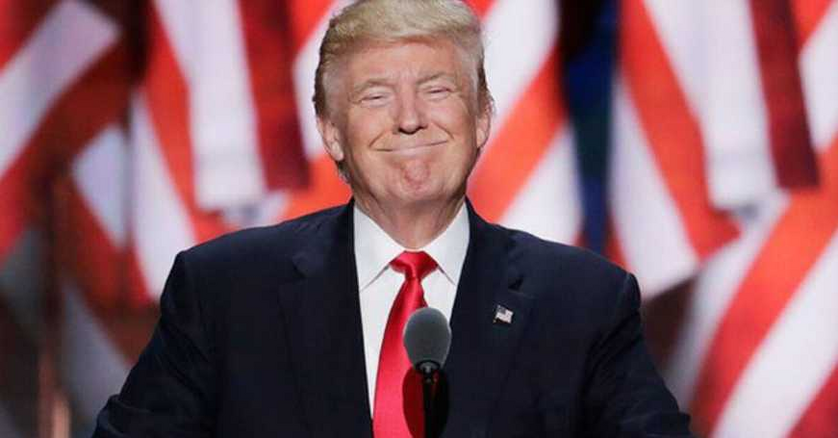On May 3, 2025, the D.C. Circuit Court of Appeals issued a significant ruling favoring the Trump administration by staying a lower court's injunction that had mandated the rehiring of Voice of America (VOA) employees and the resumption of certain broadcasting operations. This decision underscores critical jurisdictional boundaries and reinforces the separation of powers as delineated in the U.S. Constitution.
Background
In March 2025, President Trump signed an executive order initiating substantial cuts to the U.S. Agency for Global Media (USAGM), the parent organization of VOA. This action led to the placement of over 1,000 employees on administrative leave and the suspension of VOA's broadcasting activities for the first time in its 80-year history. Subsequently, U.S. District Judge Royce Lamberth issued a preliminary injunction ordering the Trump administration to reinstate the employees and restore broadcasting services, asserting that the executive order likely exceeded presidential authority and infringed upon congressional appropriations.
Appellate Court's Rationale
The D.C. Circuit Court, in a 2-1 decision, stayed Judge Lamberth's injunction, emphasizing that the district court lacked jurisdiction over the employment and grant-related decisions in question. The appellate court highlighted that:
Employment disputes involving federal employees are typically under the purview of the Merit Systems Protection Board, not federal district courts.
Disputes concerning federal grants fall within the jurisdiction of the Court of Federal Claims.
Furthermore, the court noted that the absence of a bond accompanying the injunction posed potential irreparable harm to the government, reinforcing the necessity for judicial restraint in such matters.
The Founders’ View: Constitutional Restraint and Separation of Powers
The D.C. Circuit’s ruling finds solid grounding not only in legal precedent but in the constitutional philosophy of the Founding Fathers. The Founders were deeply concerned with restraining centralized power and ensuring a clear separation between the legislative, executive, and judicial branches.
Federalist No. 47 (James Madison): Madison wrote that “the accumulation of all powers, legislative, executive, and judiciary, in the same hands... may justly be pronounced the very definition of tyranny.” By this, he emphasized the danger of any one branch — including the judiciary — encroaching upon the rightful domain of another. The ruling respects this principle by reinforcing the boundaries of judicial authority over executive personnel and spending decisions.
Federalist No. 78 (Alexander Hamilton): Hamilton stressed that the judiciary must remain “the least dangerous” branch, possessing “neither FORCE nor WILL, but merely judgment.” The D.C. Circuit’s emphasis on jurisdiction aligns with Hamilton’s view — courts must not usurp powers assigned to Congress or the Executive, especially through injunctions that compel executive action.
Article I, Section 9 and Article II, Section 2 of the U.S. Constitution: These clauses make clear that the power of the purse belongs solely to Congress, while the power to appoint and remove federal officers lies primarily with the Executive. Any judicial interference with these powers not expressly granted by statute undermines the constitutional structure the Founders so carefully crafted.
Implications
This ruling has broader implications beyond the immediate case:
Reaffirmation of Separation of Powers: The decision reinforces the principle that each branch of government must operate within its constitutionally assigned boundaries.
Limitation on Judicial Overreach: By delineating the appropriate jurisdictions for employment and grant disputes, the court curtailed potential judicial overreach into executive functions.
Precedent for Future Cases: This ruling may influence the adjudication of similar cases where the judiciary is asked to intervene in executive decisions concerning federal employment and funding.
Legal analyst Margot Cleveland remarked that the court's decision is a substantial victory for the Trump administration, emphasizing that attempts to circumvent congressional limitations on district court jurisdiction through creative legal theories are impermissible.
In summary, the D.C. Circuit's ruling underscores the importance of adhering to constitutional frameworks and the designated roles of each governmental branch, particularly in matters involving federal employment and appropriations.













